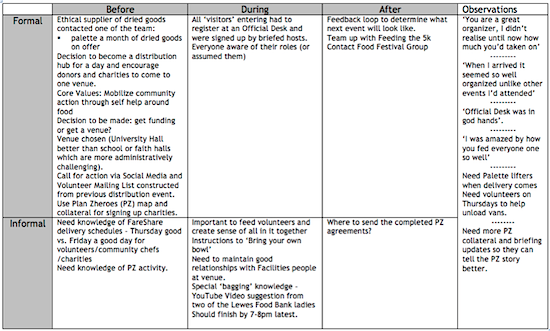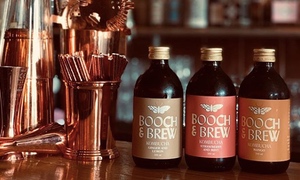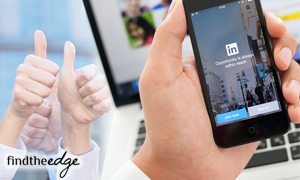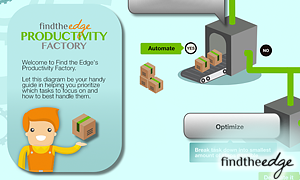 Debriefs are challenging for most organisations. Everyone recognises the need, yet few are proficient at:
Debriefs are challenging for most organisations. Everyone recognises the need, yet few are proficient at:
- Identifying the 3 most important things
- Injecting the learnings into existing processes
- Acknowledging behaviours that made a difference.
The latter point is important since the way we interact is often the reason an event or task succeeds or fails. Yet too often ‘lessons learned' sessions turn into witch-hunts or box ticking exercises.
Professor Victor Newman often tells a story about one of his early experiences going into an organisation and finding a lessons learned exercise came up with more than 200 ‘lessons.’ These were noted down before being taken away, never to be acted upon. The boxes were ticked but the behaviours remained the same.
I am going to share how I run a debrief/lessons learned session using a technique I call a ‘Pause & Reflect' (P&R). I’ll also explain why I think it’s something everyone should consider using, irrespective of the size of his or her organisation.
Purpose
In a P&R debrief, the team (with the help of the Facilitator) is attempting to go beyond the questions: what was supposed to happen; what did actually happen; what went well; and what might we do differently next time?
While these are valid areas of investigation they tend not to address the how or why an event succeeded or failed, and overlook aspects of behaviour, space and culture.
P&R sessions look at all of these through the use of a timeline (or a Narrative Grid) and objects by recreating what happened formally and informally, before the event, during the event and after the event.
The outcomes are usually crisp and fit for immediate adoption, the aim being to surface three things that we might do better or tell others about.
Setting up
- Decide whether a P&R is the right technique to use. It works best when:
- The event or task took place not more than a month previously
- There were a minimum of three people involved from the core team, plus external stakeholders
- Identify a suitable venue. If possible make it more informal than formal, with room to circulate. You are seeking to create an environment that encourages an open discussion.
- Send out an agenda at least one week prior to the event so that they can think about an object or picture to bring along. If possible allow a maximum of 3 hours. Here’s an example of a shorter session, the time being driven by the proximity to Christmas plus the pro bono involvement of the participants:

Conducting the session
- You will need a Narrative Grid, or a timeline – in which case I suggest using post it notes.
- Identify all people attending and be clear what the roles are.
- In both cases, ask the group to agree when the event or task was first thought of and use that as the ‘before’ date, and the day you are meeting as the ‘after’ date.
- Having agreed the dates for Before, During and After, here are a few suggestions you might find useful to keep the session moving:
- Use pictures and objects from the event or decision to amplify key moments and trigger memories
- Get people to fill in the narrative grid/timeline as they go, and if you have different cultures involved ask different groups to fill in their own timelines – in the process of comparing you will discover much
- Probe by asking for examples and the stories behind each entry on the narrative grid
- When someone makes a comment such as ‘it was so well organised when I arrived’ get them to elaborate and contrast – it will generate a story that becomes an important narrative of the event
- Make the session informal (and reflective of the organisational culture) but do have an agenda and stick to it
- Get participants to talk about the environment and location where the event or decision you are holding a P&R about took place
- Don’t be afraid to let the silence hang in sticky moments – behaviours often emerge slowly
- Take notes and photos as the session progresses
The reflections
As the name implies, a Pause & Reflect is about hearing from and reflecting on different perspectives. It’s about having good conversations, and noting down what was said (and often unsaid)!
I try to get the attendees to focus on ‘the power of 3’: I’ve always been a great believer in the principle that less is more – especially when looking back at an event or decision. And I have tried with everyone I’ve mentored or coached to focus on ‘the power of 3′ on the premise that most people can remember 3 things and act on them.
Playing back findings is dependent on the target audience you are trying to reach. While a glossy report is often required, the short sharp nature of this technique lends itself to a much more concise summary. I’ve used both, but here is an example (my notes) from a recent 90 minute session I ran for a charity.